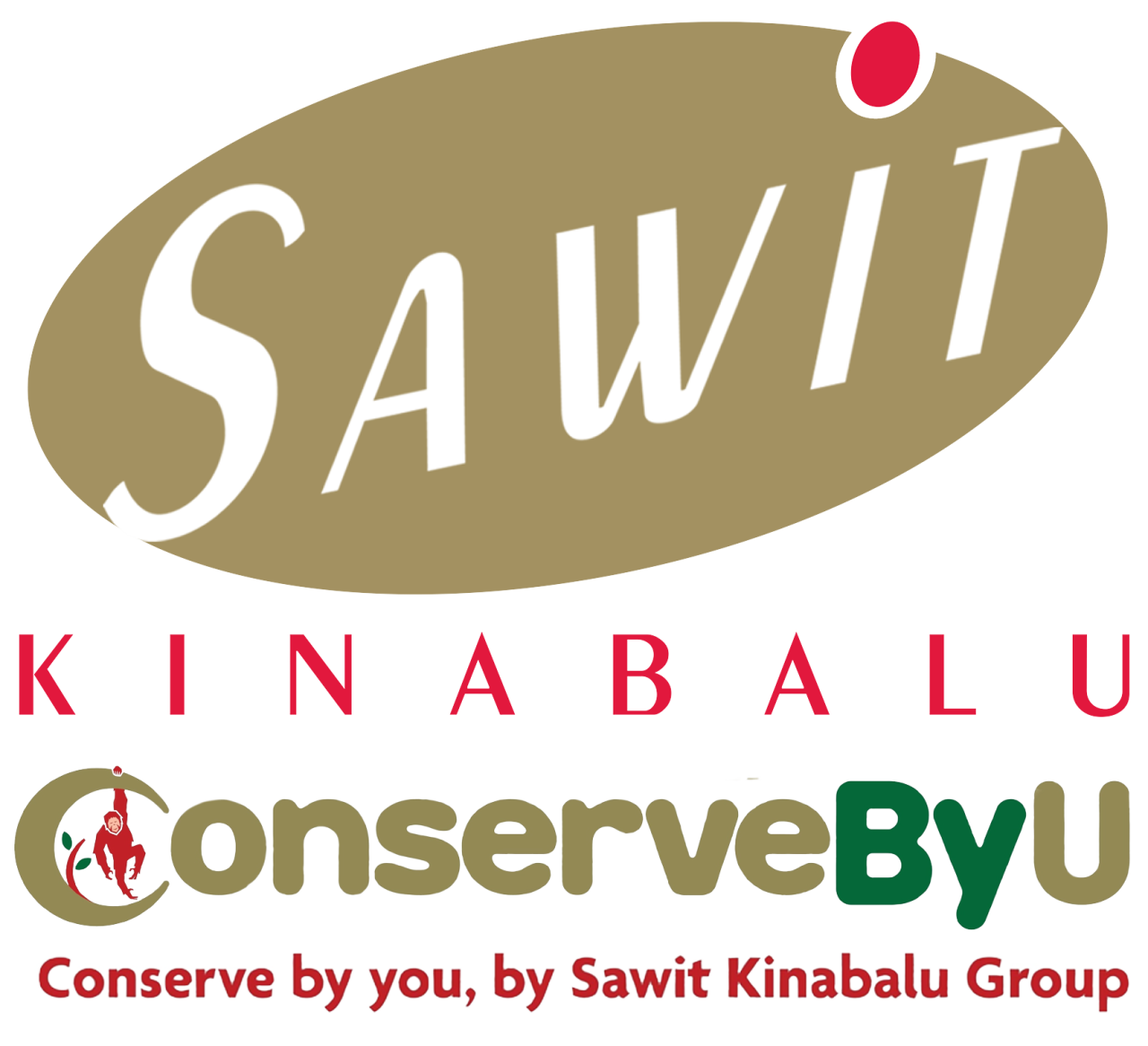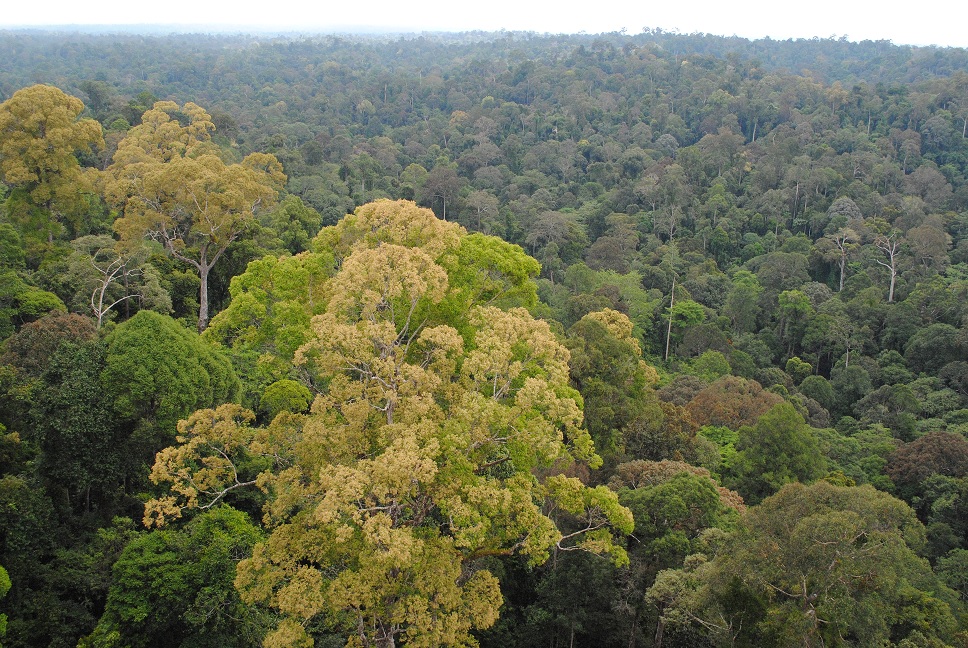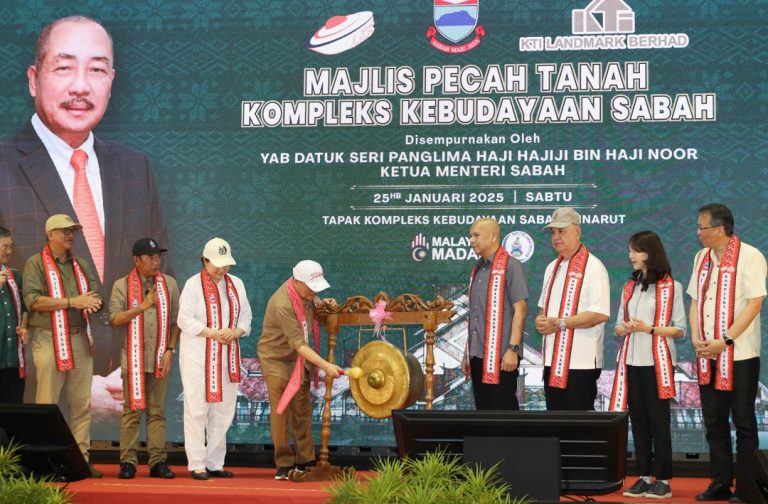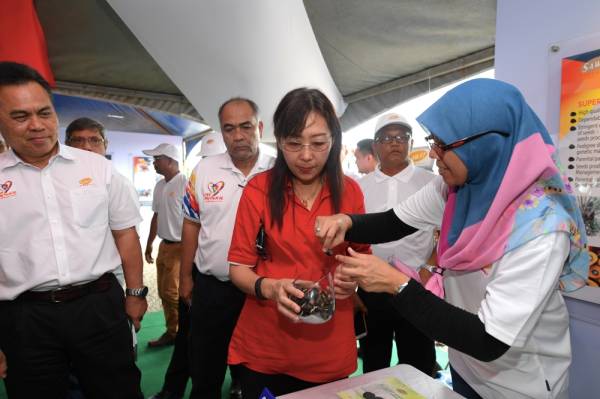BETWEEN 2019 and mid-2024, Sabah experienced several forest fires, particularly during drought periods such as the 2019 and 2023-2024 El Niño.
Sabah Forestry Department (SFD) records show 1,313 hectares were affected by fires in 2019, 556 hectares in 2020, 69 hectares in 2021, 11 hectares in 2022 and 76 hectares in 2023.
The number of incidents fluctuated yearly, with a noticeable increase during prolonged drought.
“The financial and social impact has been significant, including agricultural losses, degraded ecosystems and threats to human health due to air pollution.
“For instance, in 2024, droughts led to water shortages, affecting approximately 56,000 residents in areas like Papar and causing disruptions to agriculture and food security,” he said, adding efforts to mitigate these impacts included cloud seeding and stricter monitoring of open burning.
Frederick said the Sabah Fire and Rescue Department also emphasised the need to address deliberate fires started by smallholders, which exacerbate natural fire risks. Although the department has taken proactive measures to address the risk of forest fires, climate change and prolonged drought require continuous efforts to strengthen preparedness.
The department employs satellite-based systems and field monitoring to detect fires promptly, with a focus on high-risk areas like peatlands and degraded forests.
Early detection strategies include the Fire Weather Index, which is produced daily via the Fire Danger Rating System. “We also conduct aerial surveillance using drones and ground patrols by SFD personnel.”
The department collaborates with the Fire and Rescue Department to equip forest rangers and local communities with firefighting tools and training.
“Water retention systems and firebreaks are established in vulnerable zones, including plantations and reforested areas,” said Frederick.
The department formed a Forest Fire Crew with 80 Initial Attack Crew (IAC) members who receive training on fire drills, fire guard construction, water pump handling and fire suppression techniques.
“We continuously educate the public and local communities about fire risks, encouraging responsible practices to prevent open burning. Awareness programmes are conducted in high-risk areas prone to forest fires.”
The department integrates fire management into broader conservation and climate change frameworks, including the Sabah Climate Change Action Council (SCAC) and Payment for Ecosystem Services (PES).
“We also collaborate with international and local organisations to strengthen our capacity through funding and technical expertise,” said Frederick.
Despite these efforts, there are always ongoing challenges like fires in peatlands which are extremely difficult to control due to their underground spread, requiring specialised equipment and strategies.
Then there is the need to scale up resources such as manpower, equipment and funding to match the increasing threats. Prolonged dry seasons and changing rainfall patterns also make fire management more unpredictable, stretching response capacities.
Hence, while the department is prepared to handle forest fires, continuous improvements in technology, community engagement and resource allocation are essential. Sustained funding and collaboration remain crucial to enhancing Sabah’s resilience against forest fires.”
As of December 2023, some 68,760 hectares of degraded or logged forests had undergo enrichment planting and 461,932 hectares had been treated (silviculture treatment).
Frederick said the Totally Protected Areas (TPAs) have increased from 12 per cent in 2007 to 27pc (2,012,004 hectares) to date.
“Sabah’s goal (part of the Hala Tuju Sabah Maju Jaya development plan) is to achieve 30pc (2.2 million hectares) of TPAs by 2025, leading the nation in achieving the AICHI targets, and in line with the Kunming-Montreal Global Biodiversity Framework,” he said.
Follow our Facebook page ConserveByU for our latest updates.






